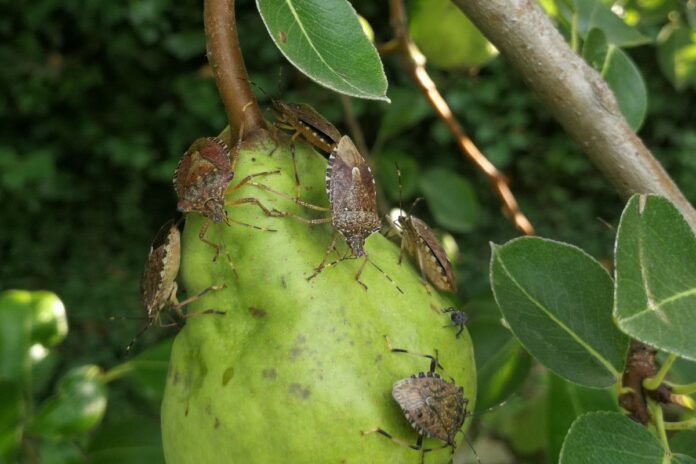Tyndall National Institute has partnered with Teagasc to conduct a collaborative European research project named ‘HALY.ID’.
It aims to monitor and sustainably manage Halyomorpha halys (HH), the brown marmorated stink bug, a highly invasive insect species.
The project uses drone technology and Artificial Intelligence to automate the monitoring process, which was traditionally managed manually.
Halyomorpha halys (HH) is an invasive shield bug native to East Asia, which has been detected in Europe with sporadic transient identifications in the UK since 2018.
Invasive shield bug
According to a spokesperson, this is “a worrying development” as the insect can cause malformed fruit when feeding and potentially damage significant amounts of tree fruit crops, as well as some vegetable and arable crops.
Brown marmorated stink bugs can also be an annoyance when they migrate into dwellings to hibernate, where they emit a foul odour.
The bug was first seen in Italy in 2012, resulting in what they described as “significant” economic losses within just two years.
The invasive species has continued to spread northwards, with sightings of two adult male Halyomorpha halys in the UK in 2020.
The arrival of this species in Europe is concerning, as huge amounts of crop production are already lost each year due to insect pests.
Crop damage
Insect monitoring plays a crucial role in the mitigation of crop damage.
Traditionally, farmers use pheromone-loaded sticky traps to monitor insect pest species, with these traps manually checked periodically to estimate the type and quantity of the insect.
The spokesperson went on to say: “This is a time-consuming and labour-intensive task, which often requires a high level of entomological expertise.”
“To combat this challenge, the HALY.ID project is automating the insect monitoring process.”
The automated method involves the use of drone technology, image analysis, and a low-cost and low-power Microcontroller Unit (MCU) device that performs all data processing using Artificial Intelligence.
The system uses an algorithm to extract regions that the invasive insect is suspected to be and then runs a lightweight deep learning on them for classification.
It is a low-power battery device used during growing seasons. The images are taken at night to control light intensity and minimize other sources of illumination.
This newly developed automated Insect monitoring tool was deployed in an Italian Orchard in February 2023.





